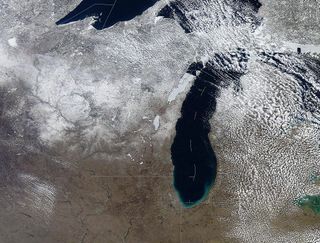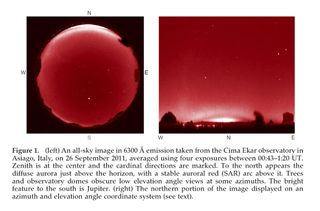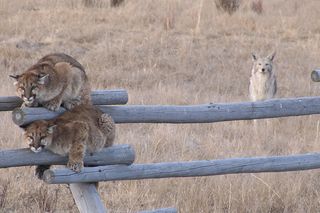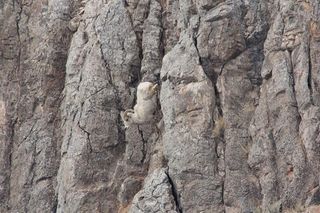
Best Earth Images of the Week Apr. 5, 2013
Rewriting history

It's time to redraw the map of the world during the reign of the dinosaurs, two scientists say.
Picture the U.S. West Coast as a tortured tectonic boundary, similar to Australia and Southeast Asia today. Erase the giant subduction zone researchers have long nestled against western North America. Drop a vast archipelago into the ancient Panthalassa Ocean, usually drawn as an empty void, the kind on which medieval mapmakers would have depicted fantastical beasts.
[Full Story: Geologic History of North America Gets Overturned]
The whys explained

Although spring has arrived, it may not feel that way for many in the United States and Canada who have had to put up with unusually cold temperatures.
Last month was a chilly one, ranking as the second-coldest March in the continental United States since 2000, according to the National Weather Service (NWS). The average temperature across the United States this March was also 13 degrees Fahrenheit (7.2 degrees Celsius) lower than in March 2012, and a late-winter blizzard broke snowfall records in many areas.
[Full Story: Why Has It Been So Cold This Spring? ]
Red arcs

Glowing red arcs invisible to the naked eye have now been detected high above most of Europe using advanced cameras pointed at the sky.
When streams of high-energy, charged particles come rushing from the sun to batter Earth, they cause what are called geomagnetic storms. These events are disruptions in the magnetosphere, the part of Earth's atmosphere dominated by the planet's magnetic field. The most dramatic effects of these storms are giant, bright auroras in Earth's polar regions, but the tempests result in other striking consequences as well, such as faintly glowing red arcs high up in the ionosphere. This is the electrically charged part of Earth's atmosphere, stretching from about 50 to 370 miles (85 to 600 kilometers) above the Earth.
[Full Story: Faint 'Red Arcs' Spotted Over Europe]
Stand off

Two young mountain lions spent a miserable hour trapped on a fence by five coyotes last Thursday (March 28) in Wyoming's National Elk Refuge.
Refuge staffer Lori Iverson snapped photos of the spectacular evening standoff. The juvenile cats sought safety on a buck and rail fence, perched over a creek, while the coyotes lurked in the background, Iverson wrote in notes accompanying her photos.
[Full Story: Cougars Narrowly Escape Coyotes' Wrath]
Gravity-defying

Bighorn sheep can climb slopes that would make Spider-Man shake his head. The above image doesn't seem possible, but it's no April Fools' Day joke; for these climbing pros, it's just another day on the mountain.
Bighorn sheep get their name from their big, curved horns on the males, which are called rams. But it's their climbing skills that turn heads. Bighorn sheep aren't as agile as mountain goats, but they are well-equipped for climbing the steep terrain that their predators can't.
[Full Story: Impossible Image: Gravity-Defying Bighorn Sheep]
Sign up for the Live Science daily newsletter now
Get the world’s most fascinating discoveries delivered straight to your inbox.











